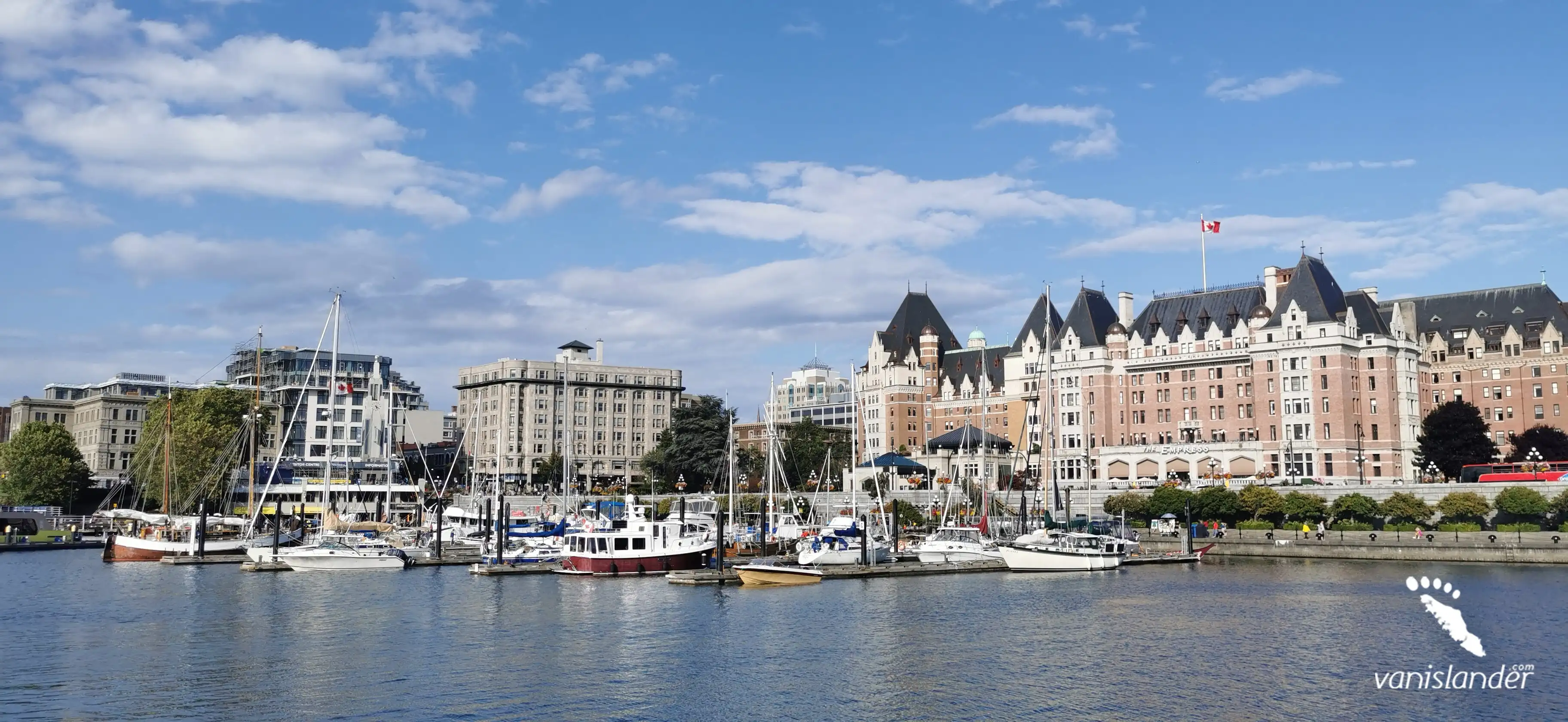
Visitors to Nimpkish Lake on Vancouver Island describe it as a “breathtaking” and “peaceful” destination, ideal for those seeking a back-to nature experience.
Reviews praise the lake for its calm waters, abundant wildlife, and uncrowded vibe, they also highlight activities like Nimpkish Lake fishing, kayaking, camping, and windsurfing, with some noting the lake’s appeal for hiking and wildlife viewing.|
Aspect |
Rating (out of 5) |
Comments |
|---|---|---|
|
Fishing
|
4.5
|
Abundant trout, clear waters, spring/fall best
|
|
Kayaking
|
4.7
|
Calm, scenic, ideal for beginners
|
|
Camping
|
4
|
Rustic, stunning views, can be busy
|
|
Windsurfing
|
4.8
|
Consistent winds, thrilling
|
|
Hiking
|
4.2
|
Scenic trails, some challenging
|
|
Overall
|
4.5
|
Peaceful, breathtaking, rustic adventure
|
Nimpkish Lake fishing targets Dolly Varden and cutthroat trout, best in spring and fall with trolling (Fishing with Rod).